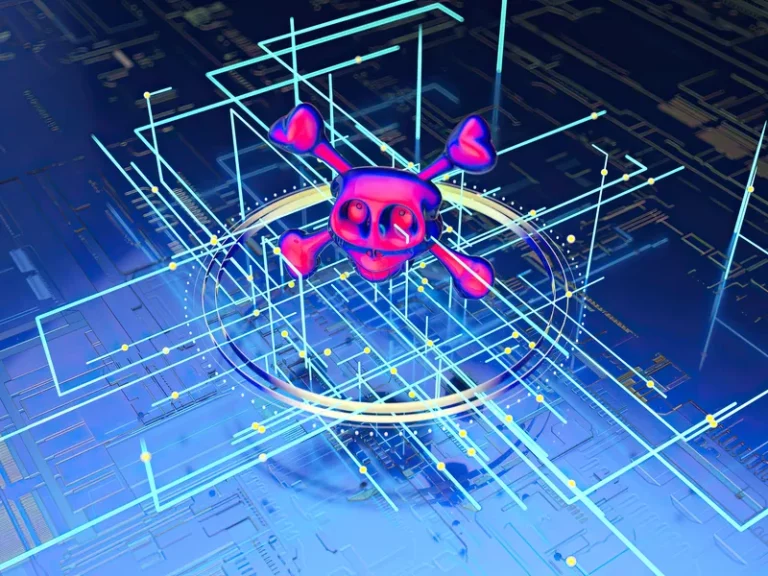Ransomware is no longer a nuisance that simply locks up files. Over the years, it has evolved into a sophisticated, multi-layered business model for cybercriminals. What experts now call Ransomware 3.0 represents the latest stage in this evolution, which blends extortion, data theft, and advanced tactics to maximize damage and profit. Understanding how ransomware has transformed is critical for enterprises seeking to stay resilient against this escalating threat.
Ransomware 1.0: Basic Encryption Attacks
The earliest wave of ransomware was relatively simple: malware encrypted files on a victim’s computer, and attackers demanded payment for the decryption key. These attacks were disruptive but often localized, targeting individuals or small businesses. While damaging, they lacked the scale and sophistication we see today.
Ransomware 2.0: Double Extortion Emerges
The second generation of ransomware expanded its impact. Attackers not only encrypted systems but also exfiltrated sensitive data. Victims now face “double extortion,” the one that pays to regain access, and pay again to prevent public exposure of stolen data. This shift turned ransomware into a weapon not just of disruption, but of blackmail, affecting enterprises, healthcare providers, and even governments worldwide.
Ransomware 3.0: Industrialized Cybercrime
Today, ransomware has matured into a global industry. Ransomware 3.0 involves criminal groups operating like enterprises themselves, offering Ransomware-as-a-Service (RaaS), targeting supply chains, and coordinating large-scale attacks. These groups often combine encryption, data theft, and distributed denial-of-service (DDoS) attacks to pressure victims into paying. The result is a triple threat that can cripple even the most prepared organizations.
Why This Evolution Matters
Each stage of ransomware’s evolution demonstrates its adaptability; attackers continually find new ways to exploit weaknesses. For enterprises, this means defenses cannot remain static. Ransomware is not just a technological challenge but a business risk that impacts reputation, compliance, and customer trust. Organizations must view ransomware resilience as a long-term strategic priority.
Staying Ahead of Ransomware’s Future
As ransomware continues to evolve, so must defense strategies. Modern approaches involve layered security, real-time monitoring, zero-trust architecture, and strong incident response planning. Education and awareness also remain critical, as human error is often the entry point for these attacks.
At Terrabyte, we help enterprises build resilience against the most advanced ransomware threats. By adopting proactive strategies and future-ready defenses, organizations can safeguard their operations in a world where ransomware is evolving faster than ever.



